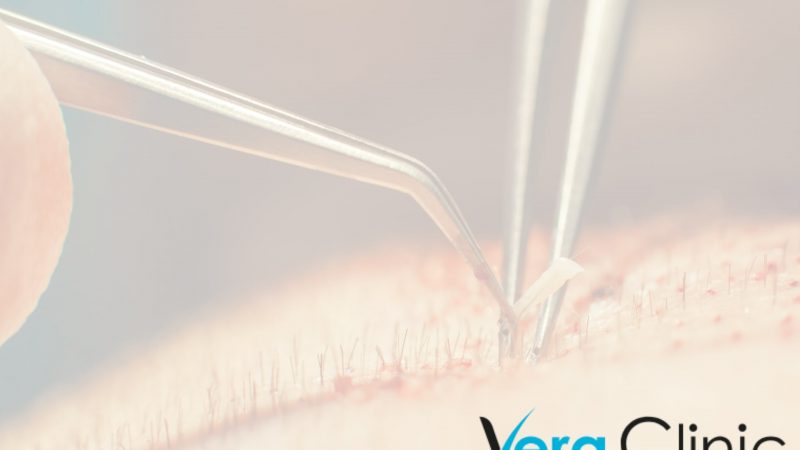How to Treat a Cyst

Cysts are common, but some require treatment. Most are benign (not cancerous). Occasionally, however, cysts can be precancerous or located next to or inside cancerous tissue.
Cysts that cause symptoms should usually be drain or removed surgically. Individuals should consult their doctors about the most suitable method of treating a cyst or pseudocyst.
Doctors may inject a corticosteroid, an anti-inflammatory, into the cyst to reduce swelling. This quick and painless procedure usually works well to shrink the cyst.
Home Remedies for Cysts
If you have a skin cyst, some natural solutions may help relieve it. Examples include hot water compresses, apple cider vinegar, aloe vera and tea tree oil.
Hot Water Compresses
A hot compress can help reduce inflammation and redness associated with cysts. To achieve best results, set your compress at the proper temperature and hold it against your cyst for 15 minutes each day.
Applying diluted apple cider vinegar directly onto the affected area several times each day is another effective cyst remedy. For extra effectiveness, combine apple cider vinegar applications with hot water compress applications as a home remedy.
Aloe vera
Studies have demonstrated that aloe vera contains anti-inflammatory and antimicrobial properties, as well as having a soothing effect on the skin that could be helpful in relieving cyst pain.
To prevent skin infection and keep the cyst from returning, regularly wash your hands and the area where it is located. Doing this helps prevent infection and keeps the cyst from returning.
You may also apply an aloe vera gel as a topical treatment for cysts. The gel contains both aloe and vitamin E, which may reduce the pain associated with cysts.
Before trying any cyst home remedy, it’s recommended that you conduct a skin patch test first. This way, you can be certain you aren’t allergic to the remedy before proceeding with its use.
Tea Tree Oil
If a cyst is caused by ingrown hairs, a safe and low-risk home remedy is to mix some tea tree essential oil with water and apply it topically several times each day. Dilute it according to your dilution ratio – two to three drops per 1 ounce of water is ideal – before applying.
Tea tree oil has not been proven to remove or prevent cysts, but it can reduce inflammation and redness that comes with them. It is especially useful in treating folliculitis – an infection that occurs when a hair follicle becomes blocked or irritated.
Folliculitis can be treated by decreasing inflammation with an antibiotic. If the cause is due to a fungal infection, antifungal cream may also be effective in treating it.
In some instances, it may be necessary to drain or remove a large cyst, especially when the cause is an underlying medical condition such as polycystic ovarian syndrome. In rare instances, however, the cyst can develop into cancerous and requires surgical removal.


